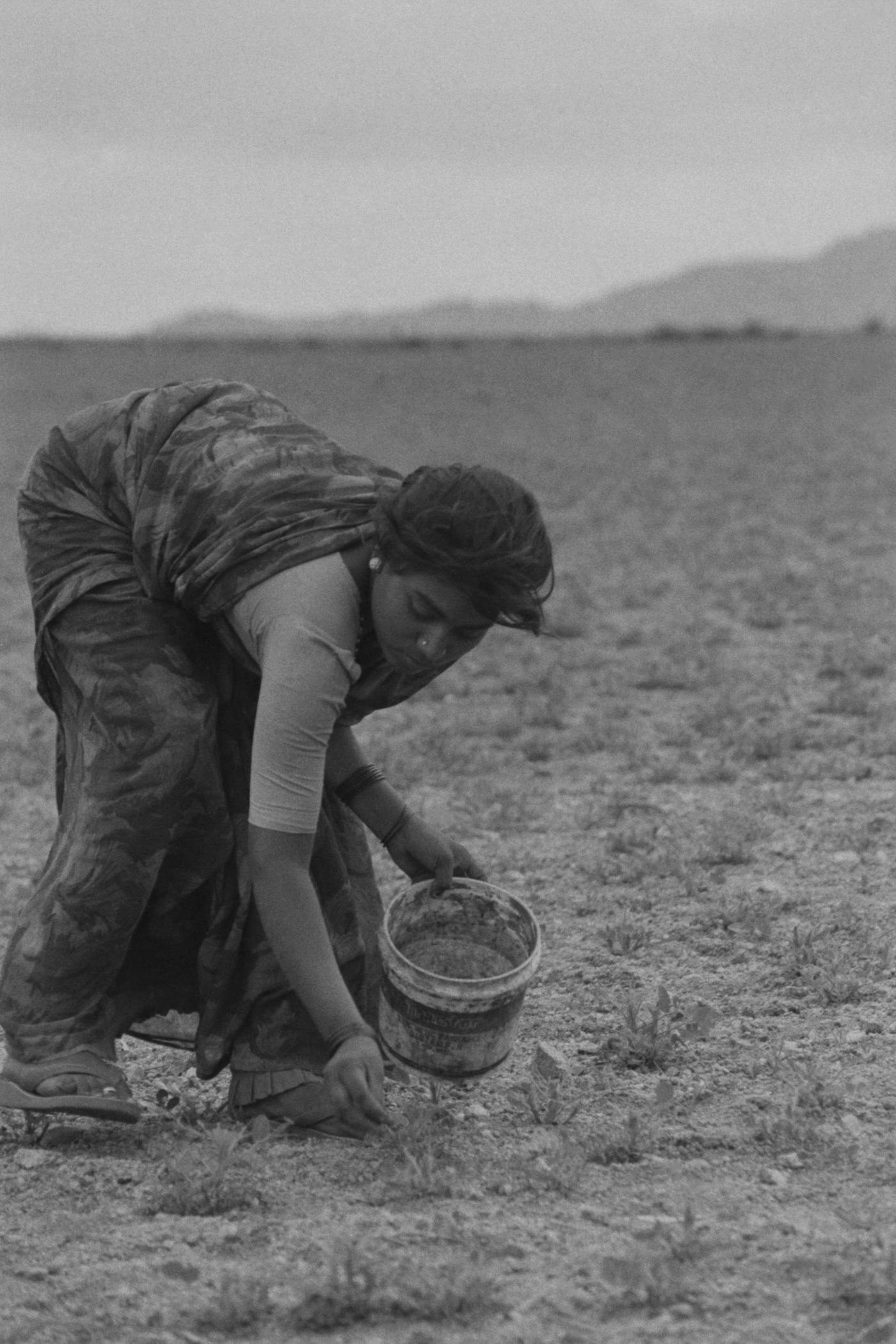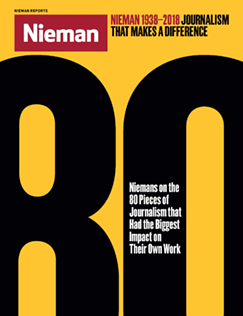
A laborer collects crop-destroying pests from a field in the Anantapur district of the southern Indian state of Andhra Pradesh in the late 1990s
Growing up in Nepal under the autocratic monarchy I did not know that journalists could tell stories about underdogs. The government only broadcast news about the royals and their official visits. Newspapers were equally limited. Even after democracy was restored in 1990, national news focused mainly on the capital, Kathmandu. In 1996, I was a student in India when I happened upon Palagummi Sainath’s “Everybody Loves a Good Drought,” a collection of stories that Sainath wrote about rural poverty in India and the failure of the Indian government to protect the poorest citizens. It was an eye-opener for me. I had never seen a journalist with such passion for finding stories of the people who had been systematically silenced.
I had never seen such stories reported from Nepal. I realized that I did not even know my country. It was Sainath who has inspired me to tell stories of people who are neglected by the mainstream media.


